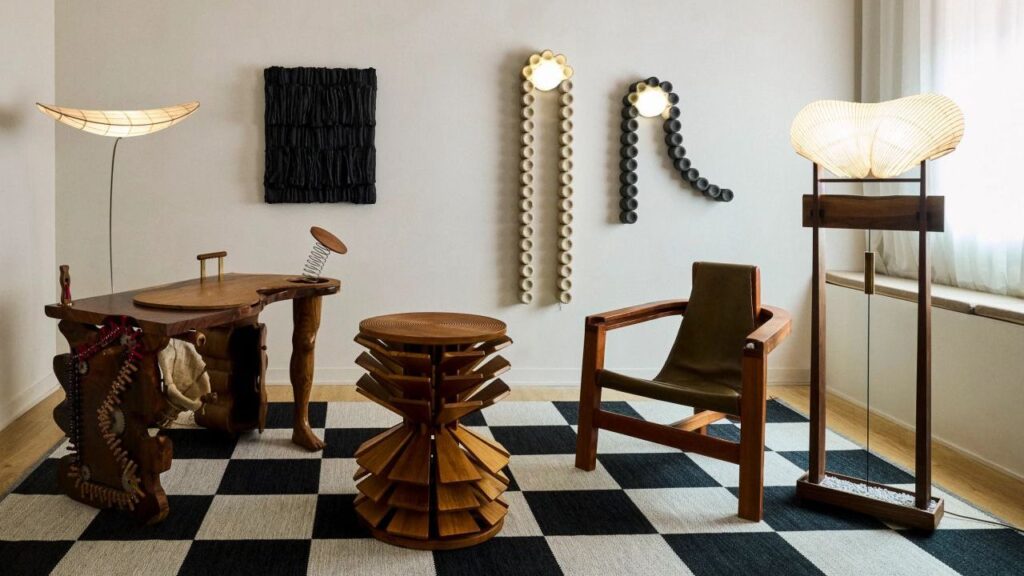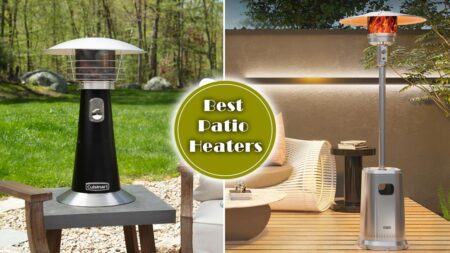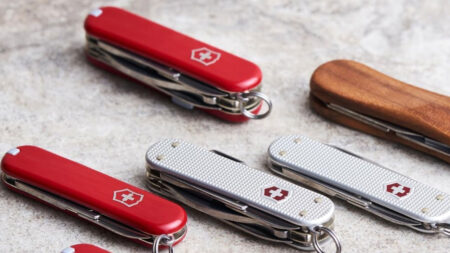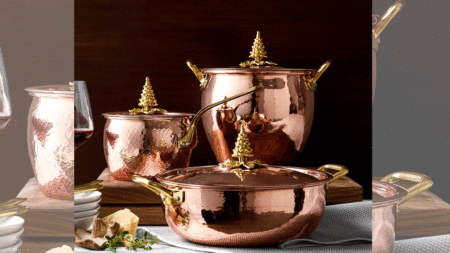Sustainability and eco-friendly designs have evolved beyond just a publicity stunt (as the naysayer would say) into a likely trend. With a laser-focused scrutiny of the social and environmental impact of design, designers and consumers have made a shift toward materials and practices that espouse the ethos of sustainability and circular economy. With this approach, major design events across the globe commit to the eco-friendly, including Salone del Mobile and New York Design Week. To that accord, there was a slew of sustainable designs at NYCxDesign Week 2025.
Embracing sustainable design doesn’t always mean using sustainably-sourced materials with minimal ecological impact. It can also come from industrial off-cuts, recycled materials, or simply upcycling something. NYCxDesign Week 2025 saw a rich amalgam of these, paving the way for a better tomorrow through design, wherein designers and consumers remain conscious of what they use and how it affects nature.
One of the biggest design events of the year saw a myriad of objects made from ceramics, paper, wood, and metal, most of which can be recycled at the end of their life, hence reducing the environmental footprint. From furniture to lighting, many designs on show during the NYCxDesign Week embrace sustainability without inhibitions, setting an example of what the design benchmark should be going forward.
Also Read: Designers Explore Unconventional Materials at NYCxDesign 2025
The group exhibition by US-based global communications company Hello Human, dubbed OUTSIDE/IN, at the NYCxDesign 2025 explores natural materials such as wood and marble, forgoing artificial materials such as plastic that have an adverse and vast effect on the planet. The exhibit also witnessed a few live-edge furniture offerings, evoking a close connection to nature.
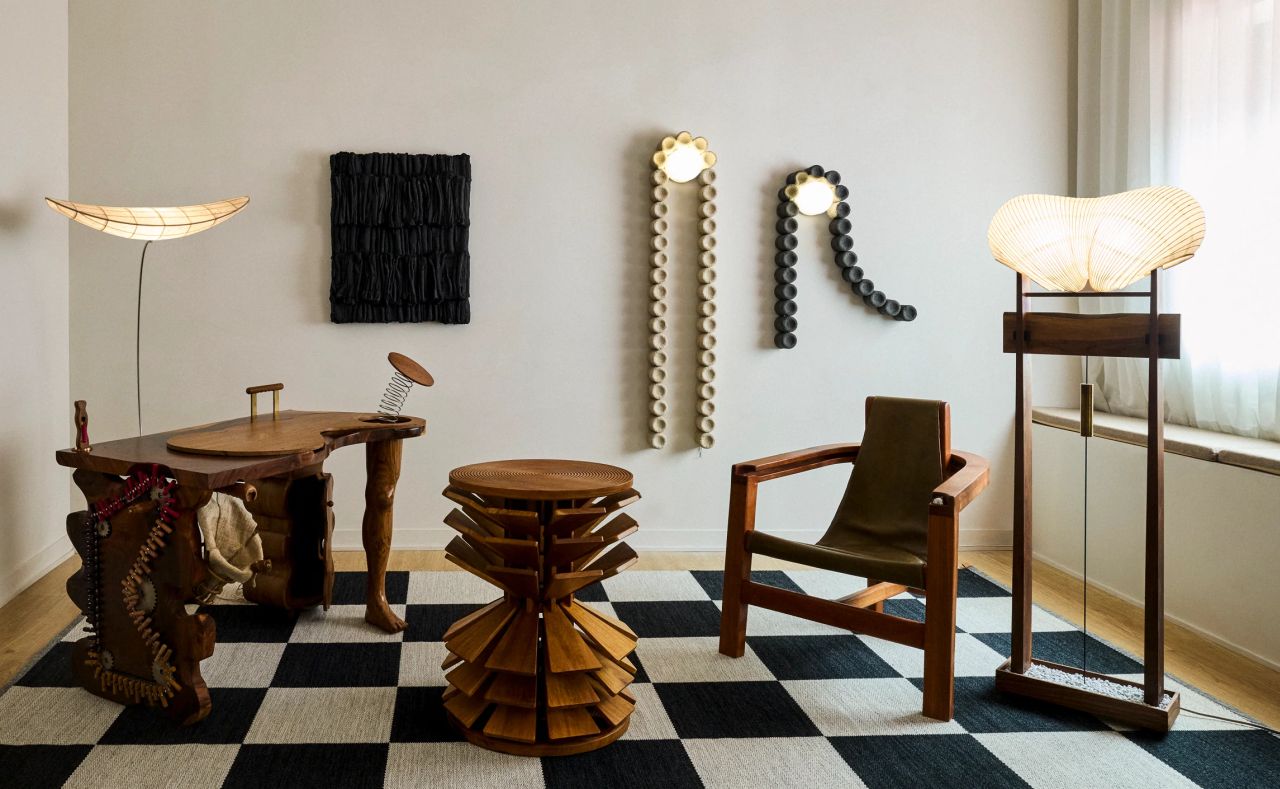
Humanscale exhibited its newly launched Humanscale Living collection. It includes premium textiles, special editions, and exclusive offerings, all curated to provide comfort and sustainability with functional design.
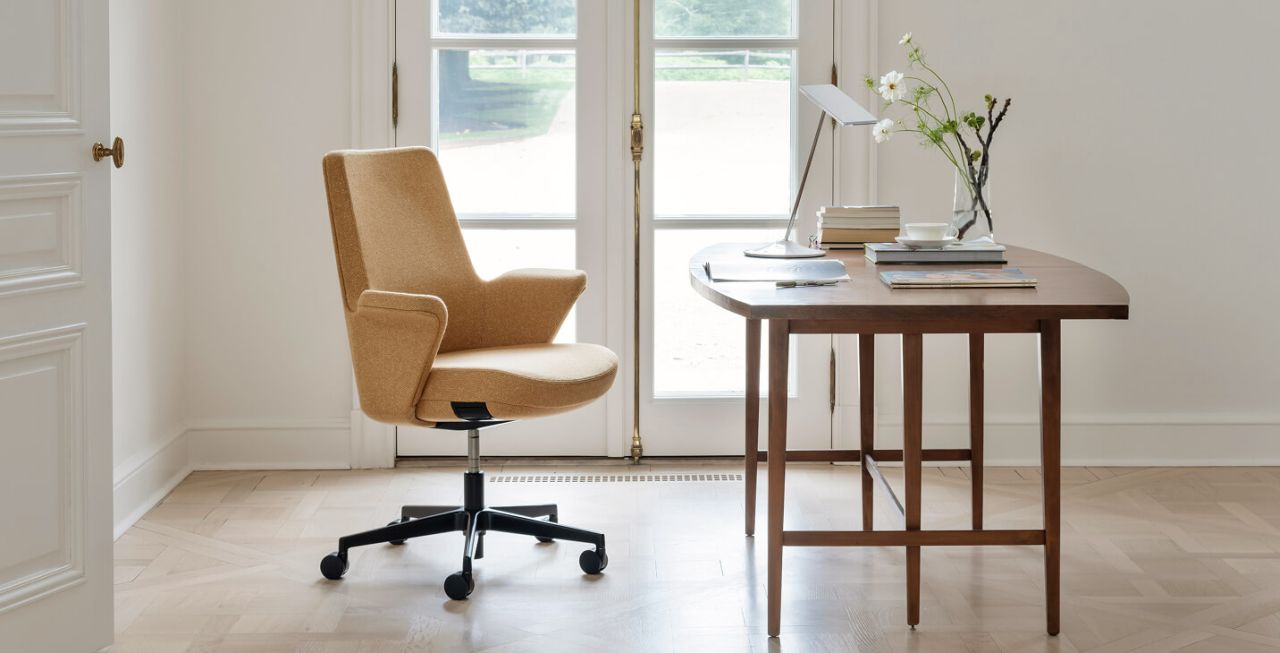
Another key sustainable attraction of the NYCxDesign 2025 was the Family Show by Love House. The exhibit featured bioplastic vessels by product designer Caroline Zimbalist, introducing the eco-friendly alternative to plastic without compromising on its advantages.

The Tilt + Shift lamp collection by Canadian brand Stackabl was another sustainable offering from the design event. Stackabl uses felt off-cuts to create light fixtures and address textile waste at the same time. The lamps feature upcycled, post-industrial cork, Merino wool felt, aluminum, PET, and LED light discs.
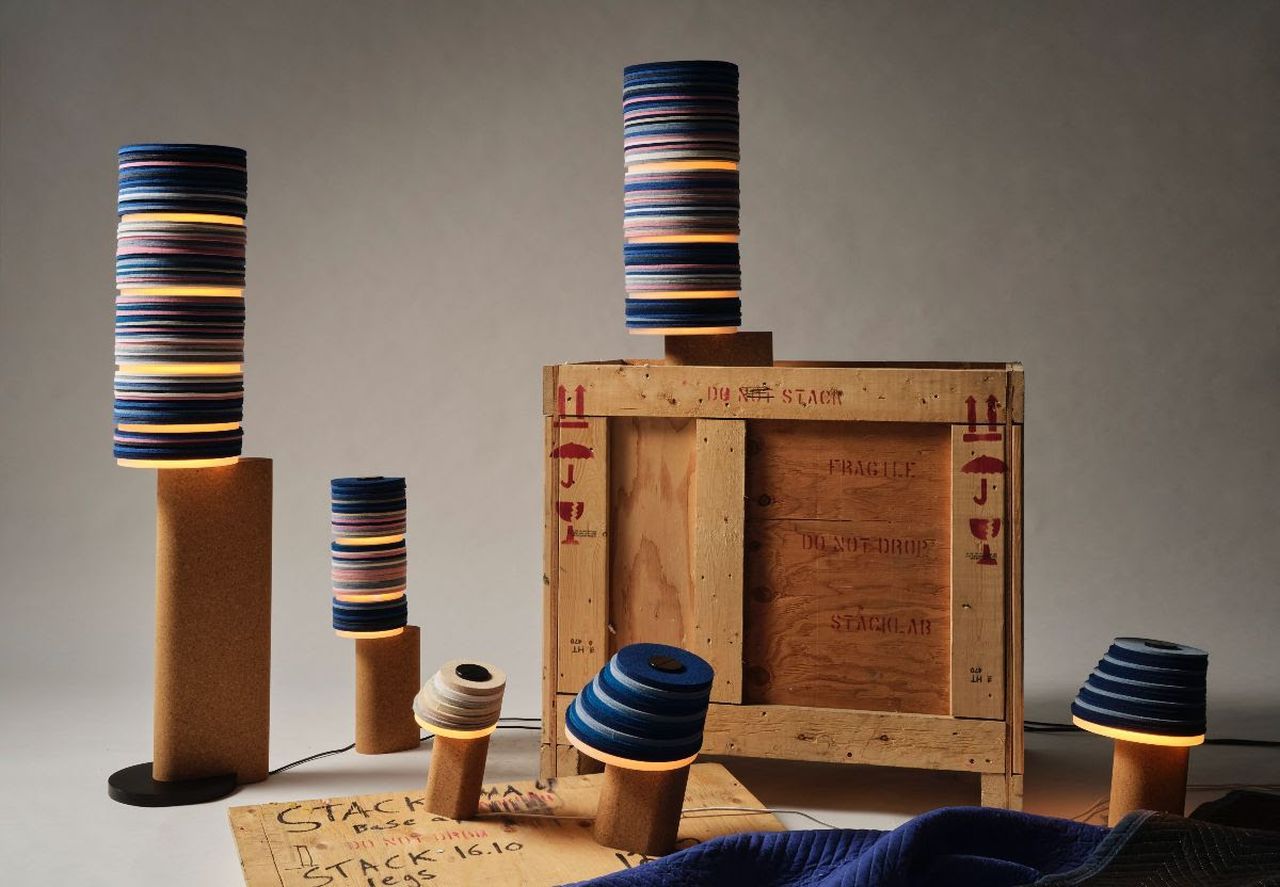
Brooklyn-based art and design collection, MSCHF collaborated with Mercedes-AMG to recycle AMG car parts into practical furnishings. Dubbed MSCHF x AMG: Not For Automotive Use, the collection includes a couch with headlights, a trash can with car pedals, a Seatbelt light, and accessories.
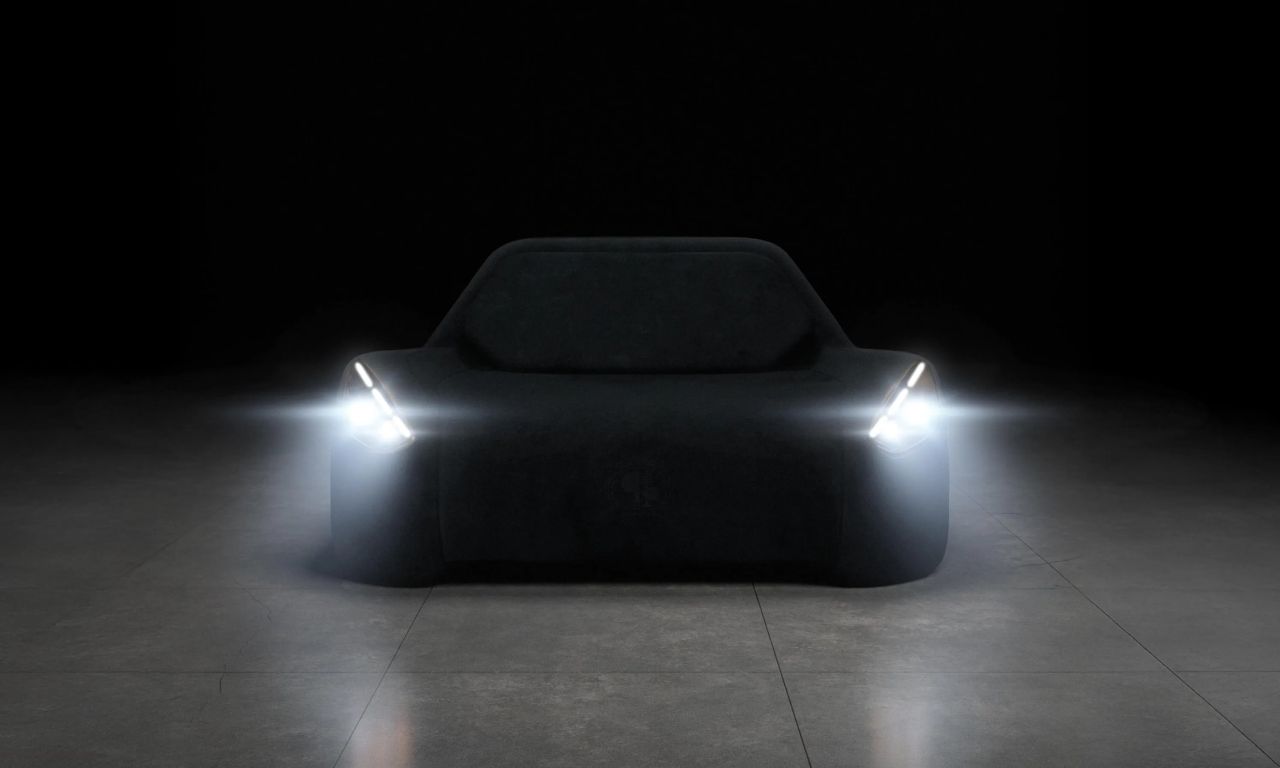
Woven Structures collection by USM Modular Furniture and Henry Julier combines Danish paper cord and USM Haller Modular System to make the furnishings durable with replaceable elements. By allowing the damaged parts to be replaced without replacing the entire item, this collection treads the line of repairability and circular economy.
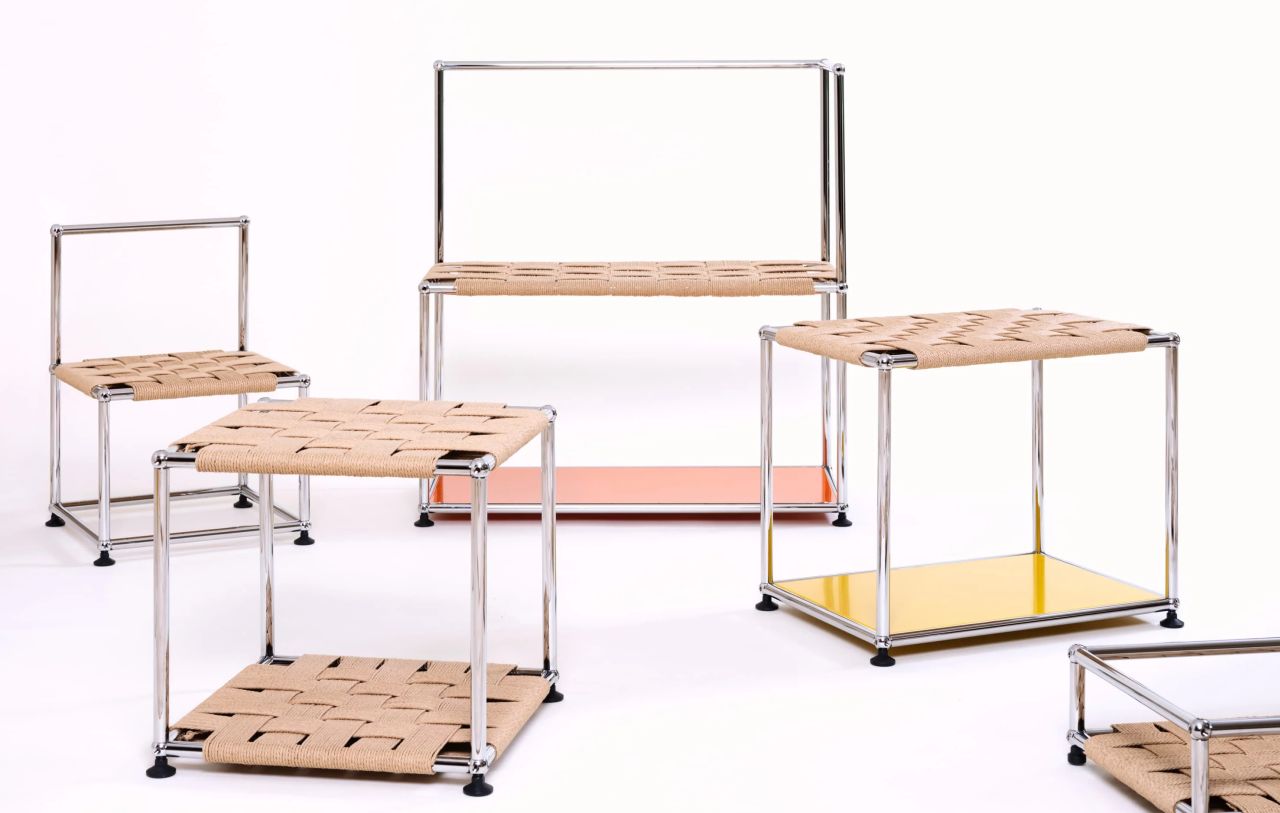
Norwegian brand Vestre graced the floors of NYCxDesign with its Tellus bench designed by Swedish designer Emma Olbers. The bench is made from fossil-free steel, cutting emissions by 70 percent compared to a bench made from conventional steel.
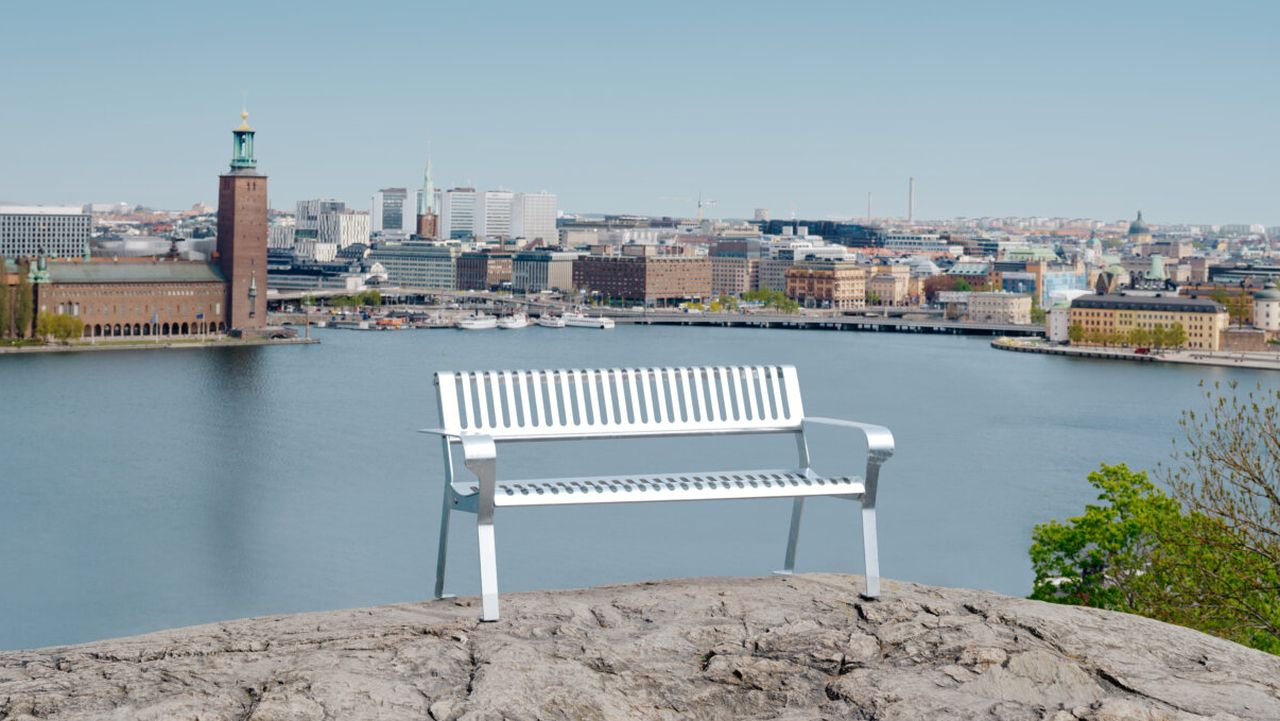
Another furniture that employs eco-friendly practices is the FlatFlat collection by product designer Aidan Reinhold. The collection includes a chair, side table, seat, and small rack, all made from locally-sourced laser-cut aluminum sheets. According to the designer, the flat-pack collection was created using 80 percent recycled materials, hence reducing the footprint and eliminating the use of virgin materials.
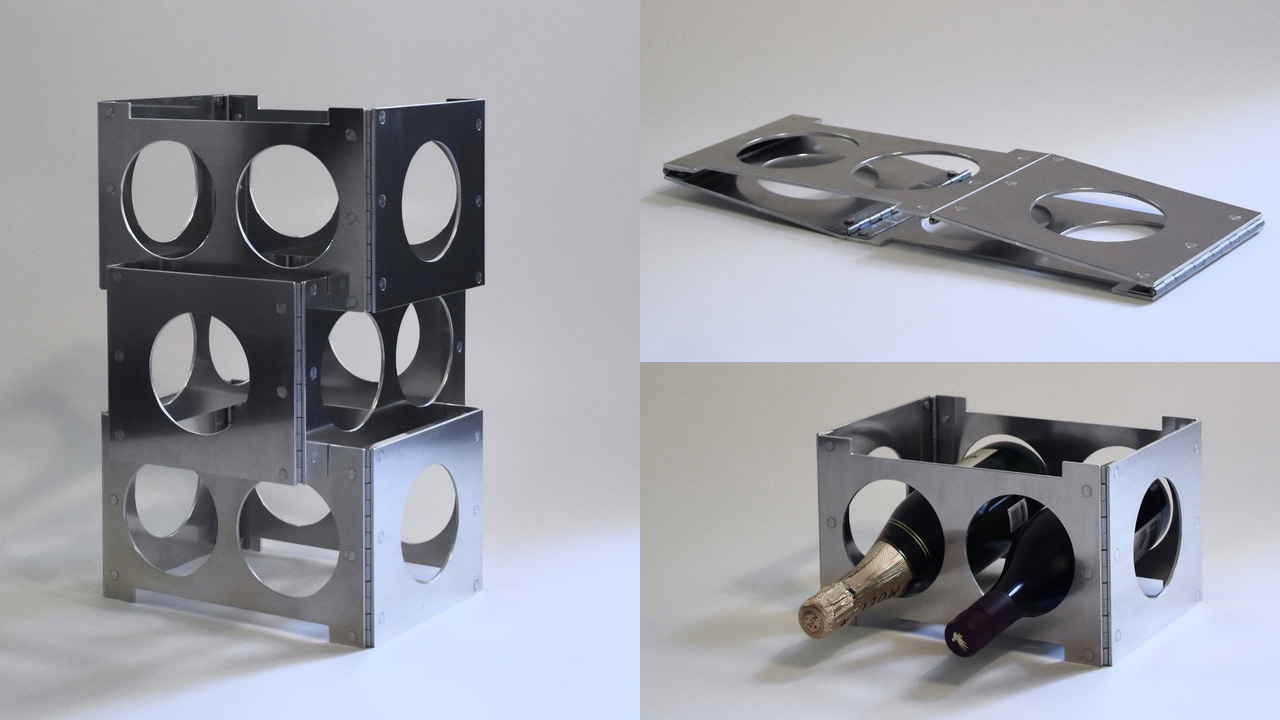
While this shift to eco-conscious material is not novel, the change has evolved into a full-blown movement where designers and consumers are careful about what material they are using in their designs and homes. Even though this has been around for a decade, the dialogue is just beginning.
The NYCxDesign 2025 edition ensures that we step forward with sustainable design at the core to create a secure future, where design will not adversely impact the environment but actively contribute to its health. This wave of change is strengthened with the emergence of slow fashion in design, where you buy heirloom-worthy design objects and reduce waste.
Follow Homecrux on Google News!
